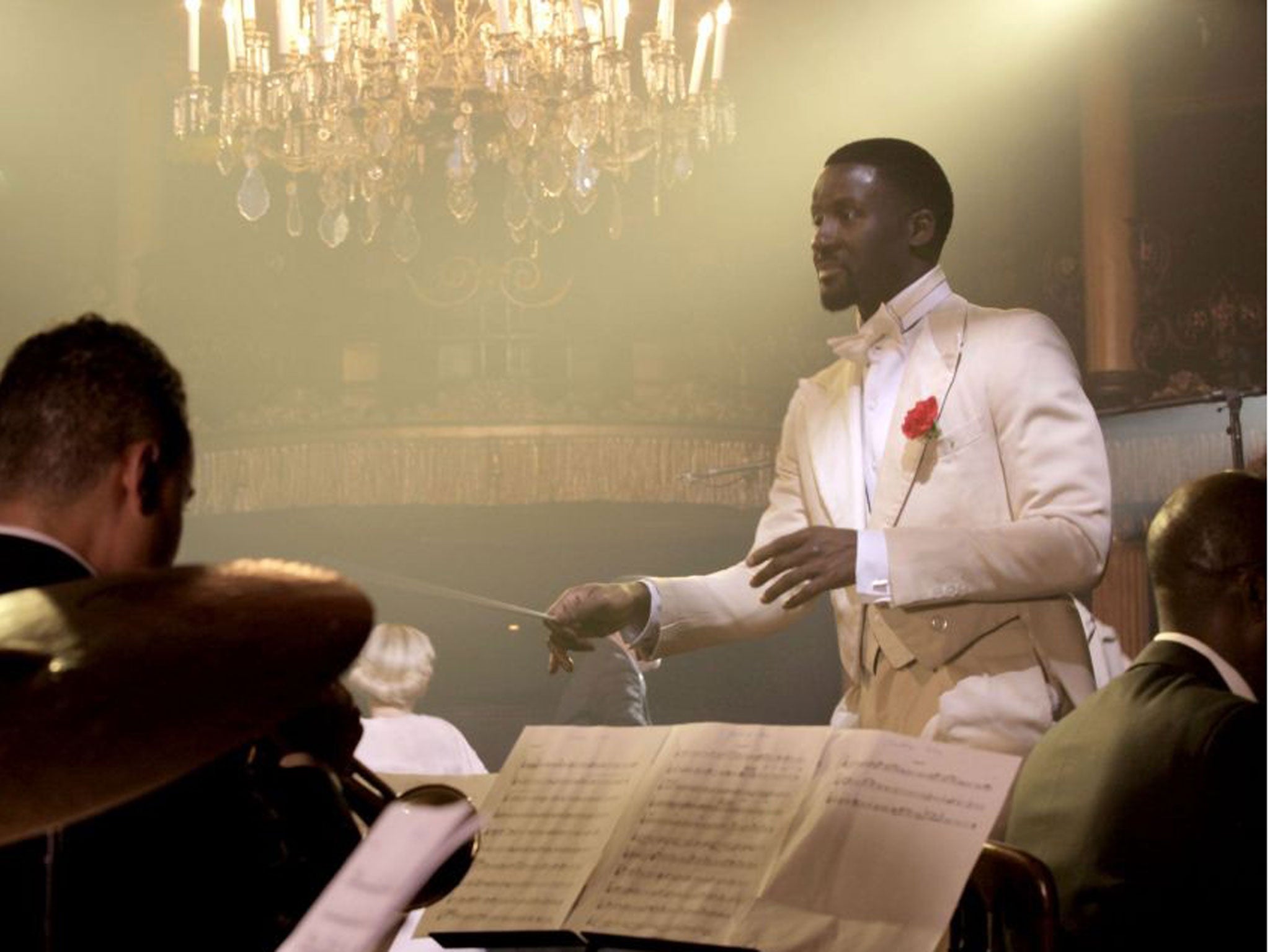All that jazz: Swinging in the Blitz
Clemency Burton-Hill was making a jazz documentary when she discovered the black wartime stars who created a very British sound of their own

Your support helps us to tell the story
From reproductive rights to climate change to Big Tech, The Independent is on the ground when the story is developing. Whether it's investigating the financials of Elon Musk's pro-Trump PAC or producing our latest documentary, 'The A Word', which shines a light on the American women fighting for reproductive rights, we know how important it is to parse out the facts from the messaging.
At such a critical moment in US history, we need reporters on the ground. Your donation allows us to keep sending journalists to speak to both sides of the story.
The Independent is trusted by Americans across the entire political spectrum. And unlike many other quality news outlets, we choose not to lock Americans out of our reporting and analysis with paywalls. We believe quality journalism should be available to everyone, paid for by those who can afford it.
Your support makes all the difference.March 8, 1941. 9.48pm. Hitler's Luftwaffe is waging an aerial assault on London. Under the piercing wail of the air-raid sirens, a handsome 26-year-old male dashes down Piccadilly and through the backstreets of the West End. Bombs are falling around him. Buckingham Palace has been hit; it is surely dicing with death to remain above ground. But the young man, a jazz bandleader, has a 10 o'clock set to perform at the Café de Paris, London's swankiest nightspot, and his celebrated all-black swing orchestra are waiting for him. As the frontman and star, whose image adorns the popular sheet music of the day and whose hot swing sounds can be heard nightly on the BBC, it will not do for him to be late – Blitz or no Blitz.
Safely, he reaches the doors of the Café de Paris, just in the nick of time. Moments later, he is 20ft underground, resplendent in the white tuxedo that cuts such a dash against his gleaming skin. Every night, glamorous crowds including the Aga Khan, the Mountbattens and Cole Porter flock here to forget the tribulations of the war that rages above.
Charismatic, gifted, ambitious, Ken “Snakehips” Johnson is arguably the first superstar of British jazz. At exactly 10pm, this protégé of the American swing masters Cab Calloway, Fletcher Henderson and Buddy Bradley raises his baton and his band kick into the opening bars of their signature tune “Oh, Johnny”.
The room explodes. Literally: against unimaginable odds, two Luftwaffe bombs have fallen through the ventilation shaft of the Rialto Cinema up above, landing directly in front of the dance floor. Before “Oh, Johnny” is out, dozens are dead: the blast sucking the air from their lungs so instantaneously that many remained eternally frozen in their dancing positions, like eerie Pompeii jitterbuggers. Ken “Snakehips” Johnson is among the victims. And with his untimely death closes a neglected chapter in British musical history whose consequences, both socially and artistically, can nevertheless still be felt today. As we saw last weekend at the Grammys, white artists and audiences are still hungrily appropriating music that originates among the black community. In swing-era London, this was merely the earliest instance in Britain of that ongoing and occasionally vexed cultural transaction.
The story of what happened when the Empire Windrush docked in Tilbury in 1948 is widely known. What is more surprising to discover, as I did while researching a documentary about the emergence of black British jazz, is that two whole decades previously a handful of highly resourceful and talented West Indian musical pioneers also arrived on these shores, helping to create and define a distinctly British swing sound.
Alongside “Snakehips”, the most significant black figure to be found on Archer Street was the superb trumpeter and all-round musical talent Leslie Thompson. Unlike “Snakehips”, who grew up in middle-class British Guiana and was sent by his doctor father to the William Borlase School in Marlow, Buckinghamshire, in the hope he might enter a career in law or medicine, Thompson came from humble roots in Jamaica. The strictures of the Great Depression meant authorities were clamping down on American musicians and other foreign artists performing in London. Yet West Indian musicians, as British subjects, not only had the advantage of being allowed to work, but, being black, they also appeared to impart the musical “authenticity” thatwealthy white audiences, for better or worse, were after (and perhaps still are).
Inspired by the contemporary teachings of Marcus Garvey and his emphasis on black economic empowerment, Leslie Thomson and Ken “Snakehips” Johnson decided to combine their formidable talents to fill a gap in the market. In 1936, they formed Britain's first all-black band. With hits like “Tuxedo Junction” and “Tap Your Feet”, they also caught the attention of the BBC producer Leslie Perowne, who facilitated a lucrative broadcasting contract that furthered their appeal. Although Johnson and Thompson fell out, with the latter eventually abandoning his musical career, Ken “Snakehips” Johnson's legacy lives on.
Clemency Burton-Hill presents 'Swinging into the Blitz', a BBC 'Culture Show' special, today at 6pm on BBC2
Join our commenting forum
Join thought-provoking conversations, follow other Independent readers and see their replies
Comments